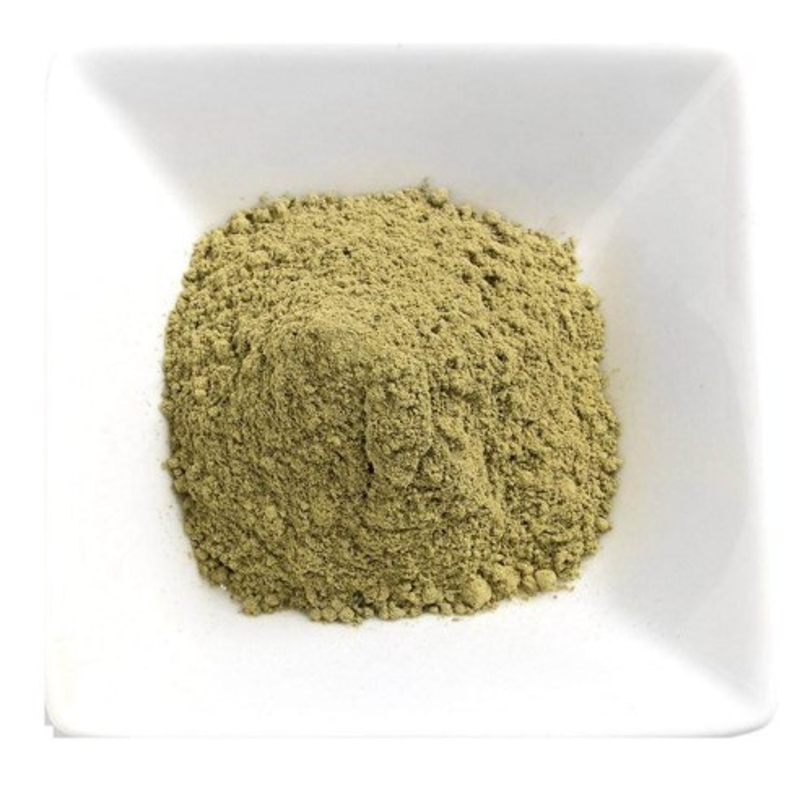-
Categories
-
Pharmaceutical Intermediates
-
Active Pharmaceutical Ingredients
-
Food Additives
- Industrial Coatings
- Agrochemicals
- Dyes and Pigments
- Surfactant
- Flavors and Fragrances
- Chemical Reagents
- Catalyst and Auxiliary
- Natural Products
- Inorganic Chemistry
-
Organic Chemistry
-
Biochemical Engineering
- Analytical Chemistry
-
Cosmetic Ingredient
- Water Treatment Chemical
-
Pharmaceutical Intermediates
Promotion
ECHEMI Mall
Wholesale
Weekly Price
Exhibition
News
-
Trade Service
2-(Thiocyanomethylthio)benzothiazole, also known as CB1005, is an important intermediate chemical used in the production of various chemicals, pharmaceuticals, and agricultural chemicals.
The synthesis of CB1005 can be achieved through several different methods, and in this article, we will discuss the most common synthetic routes for this compound.
The first method for the synthesis of CB1005 involves the reaction of benzaldehyde and thiocyanomethane in the presence of an acid catalyst.
This reaction is exothermic, and it is important to conduct the reaction under careful control to avoid excess heat buildup.
The resulting product is then treated with a base, such as sodium hydroxide, to convert the intermediate benzaldehyde thiocyanate to the desired thiocyanomethylthiobenzothiazole.
Another synthetic route for CB1005 involves the reaction of 2,5-dimethoxybenzene with thiocyanomethane in the presence of a base, such as sodium hydroxide.
This reaction is also exothermic, and it is important to conduct the reaction under careful control to avoid excess heat buildup.
The resulting product is then treated with a reducing agent, such as hydrogen gas, to reduce the oxime intermediate to the desired thiocyanomethylthiobenzothiazole.
A third synthetic route for CB1005 involves the reaction of 2,5-dimethoxybenzene with thiocyanomethane in the presence of a vanadium catalyst.
This reaction is also exothermic, and it is important to conduct the reaction under careful control to avoid excess heat buildup.
The resulting product is then treated with a reducing agent, such as hydrogen gas, to reduce the oxime intermediate to the desired thiocyanomethylthiobenzothiazole.
The choice of synthetic route for CB1005 will depend on several factors, including the availability of raw materials, the desired yield and purity of the final product, and the cost of the synthesis.
Each of the synthetic routes described above can be adapted and optimized to meet the specific needs of the manufacturing process.
In conclusion, the synthetic routes for 2-(thiocyanomethylthio)benzothiazole can vary, but they all involve the reaction of 2,5-dimethoxybenzene with thiocyanomethane under carefully controlled conditions.
The resulting product is then treated with a reducing agent to yield the desired thiocyanomethylthiobenzothiazole.
The choice of synthetic route will depend on several factors, and each route can be adapted and optimized to meet the specific needs of the manufacturing process.







